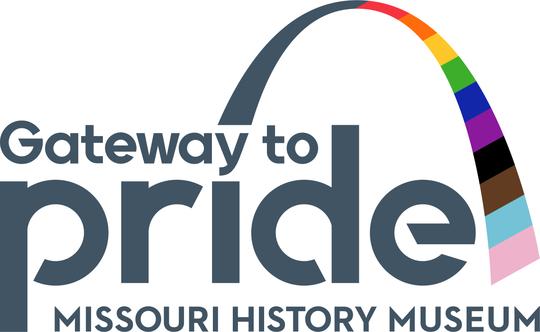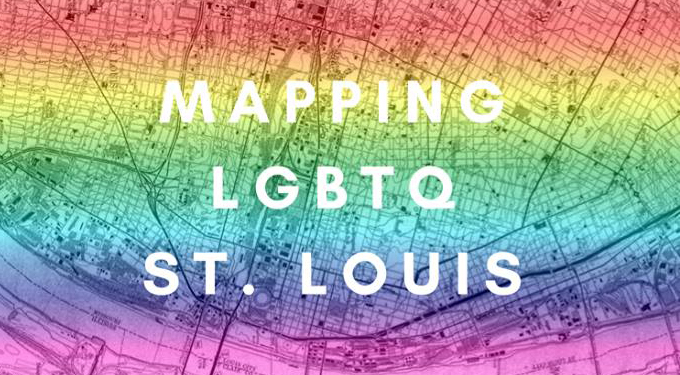Jimmy Briscoe Jr.
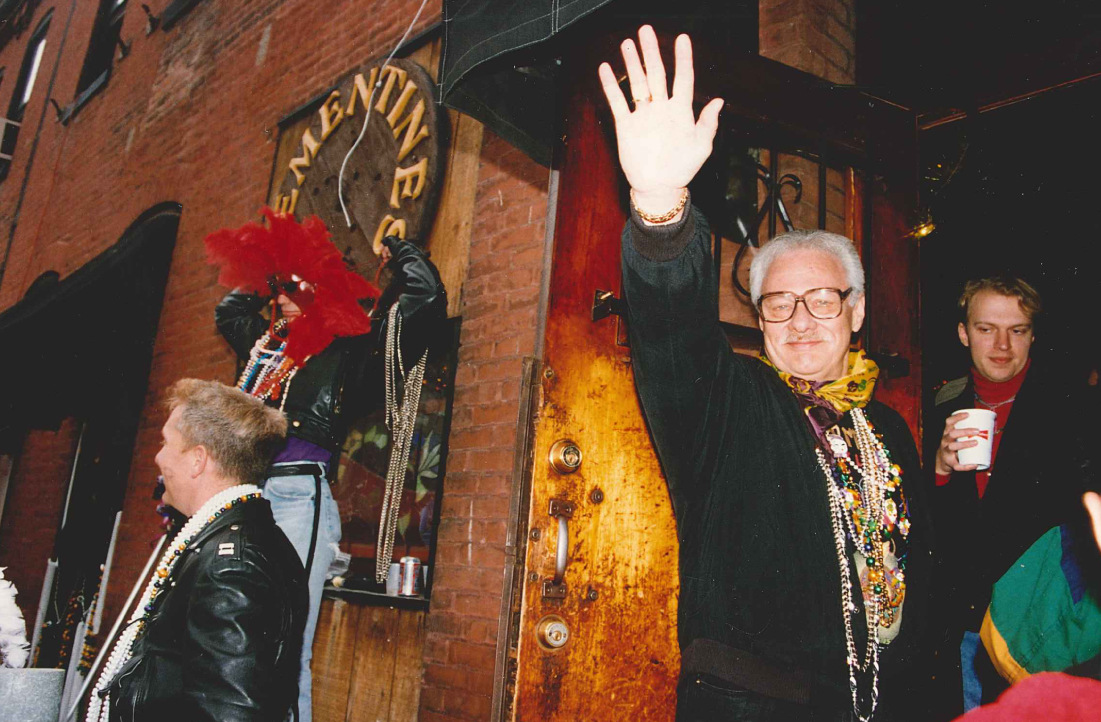
By James Hawkins
October 23, 2016: I realized many years ago that I thrived off the many bizarre characters that I crossed paths with in my daily life. None was more outstanding or intriguing than Jimmy Briscoe. I had no idea at the time what a great influence he had over me, or the ideas he seemed to implant in my subconscious so easily - which he was damn good at.
His number one rule to accomplish something you want done was to quietly put that idea in someone else's mind just stay in the background and enjoy the hell out of the outcome. I can't count the times I witnessed him accomplish this feat, sometimes hilarious, and sometimes it seemed outright dangerous, but always funny.
I remember when my partner and I first opened The Red Bull bar in East St. Louis, Briscoe and his friend Mother Earl Hand became permanent fixtures. Briscoe would tell me if we were to become a success we needed to attract as many characters - and the more unusual the better.
On those Sundays when I was not working, he would invite me to go with him to The Club J Lounge, which was also a notorious whore house full of various characters. Then there were the many trips he invited me on to New Orleans, always showing me different ways to make The Red Bull even more successful. What was so unusual was that everything he showed me actually worked beyond my expectations.
In a few short years, I knew it was time to open a gay bar in St. Louis. In 1971, I opened The French Market bar and restaurant in Soulard. We designed the place to look like a street in the French Quarter in New Orleans. Every day by 5 pm, Briscoe would be sitting at the bar. He would constantly remind me not to change anything and to leave the place just as it is. The place started attracting the attention of Mayor Cervantes, who was wanting to attract redevelopers and new residents to the Soulard neighborhood. We even hosted one of Mrs. Cervantes’ birthday parties at The French Market.
My friend Larry bought a home just a few blocks up from The French Market, and I was now living Soulard too. To my surprise, one evening Briscoe came in the bar and informed me that he and his friend Ted had bought a house on Ninth Street, right around the corner from where I was living.
He was sure the area was turning around and that property values would rise tremendously and that maybe in a few years he might open a bar too. I guess I was somewhat skeptical back then, I had no idea that Soulard would rebound the way it did.
By 1976 I was tired and moved to Florida. Thirty years later I was looking around on the Internet I found Clementine’s bar photos. I knew at a moment’s notice that Briscoe had to be involved. Then, I found videos of Soulard’s Mardi Gras, and again I knew Briscoe had to play a part. Thank you Jimmy Briscoe - you probably helped created the greatest event St. Louis will ever experience. Briscoe died October 7, 2003 at the age of 72.
Photo coutesy Scott Lokitz.
Chuck Charleston
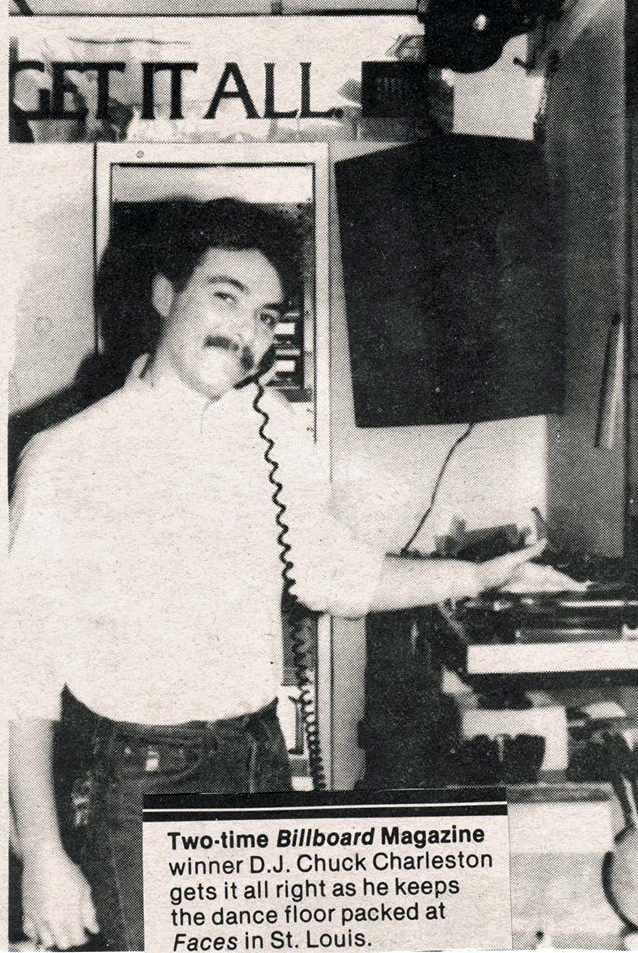 By James Hawkins
By James Hawkins
October 15, 2016: As Sophia Petrillo would say, “Picture This” 1970 East St. Louis, two young fellas open a gay bar two years earlier. The place grew from nothing into a successful business. It had all the amenities a gay bar needed at that time - a top of the line drag show and go go boys dancing on the bar (sometimes naked). A small dance floor was actually the biggest draw.
They were always looking for new avenues of entertainment to keep their small business on top. There was a young man who came to work at this establishment, he tended bar, worked security, did ad layouts, and whatever was needed to keep this bar called The Red Bull a success. This was Charles Robert Welsh Jr. One weekend they hired a Spinner which was very popular in Black nightclubs at that time.
Their equipment consisted of two turn tables a couple of speakers and a mike. The Spinner would some how mixed the music being played while adding different beats which only added to the enthusiasm to the people dancing. Charles became infatuated with this new concept of entertainment.
The Spinner instructed Charles how this system worked. History was now in the making. Charles became the in house Spinner always adding new innovations and equipment to this new form of entertainment which in turn started the business to grow beyond it's wildest expectations. They opened three places in St. Louis, and had to open a second Red Bull to accommodate the growing crowd of new customers.
There seem to be no end to this growing business finally the decision was made to open a massive complex that was Faces Nightclub. So much of the credit and hard work goes to my friend Charles or as you may know him, Chuck Charleston. Thank you.
Chuck died on April 21, 1988 and is remembered in our community for his involvement—both public and private—in many causes and charities. He worked with many among us, lending his support and resources to numerous local events, and often doing so quietly behind the scenes, receiving little credit. He won two Billboard Magazine "Best Regional DJ" awards.
In June 1988, Pride St. Louis created the Chuck Charleston Award to acknowledge individuals who, in the example of its namesake, demonstrate significant involvement and service promoting LGBT pride in our community. The Chuck Charleston Award is now presented to a former or current member of Pride St. Louis, Inc. who demonstrates these qualities.
A Look at a Black Lesbian Community in 1960s St. Louis: Ethel Sawyer’s Pioneering Sociological Research
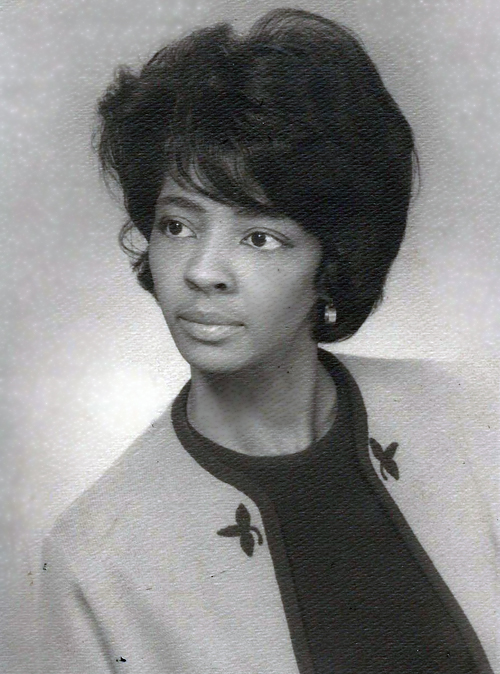
October 9, 2016: In 1965, Washington University graduate student Ethel Sawyer completed work on an essay titled “A Study of a Public Lesbian Community.”
Based on fieldwork that she conducted in St. Louis, Sawyer’s essay is the earliest known sociological study of a Black lesbian community anywhere in the United States.
Sawyer was born in Mississippi and graduated from Tougaloo College, where she became involved in civil rights activism. In 1961, she and other members of the "Tougaloo Nine" were jailed after holding a "read-in” at a segregated public library in Jackson, Mississippi. Sawyer came to St. Louis to pursue graduate study in the cutting-edge sociology department at Washington University.
Although heterosexually identified herself, Sawyer chose to focus on homosexuality. At this time this was still a taboo topic for social science research.
After meeting her initial contact outside of the Pruitt-Igoe housing projects, Sawyer befriended a group of African-American lesbians who lived in North St. Louis. Sawyer spent time with them at a bar they frequented and she interviewed them about their lives, identities, and relationships.
Sawyer’s serious and sympathetic study broke new ground in sociology, and today it serves as an invaluable window on the Black lesbian experience in 1960s St. Louis.
Image source: elsiechenier.com
A Very Personal Reflection
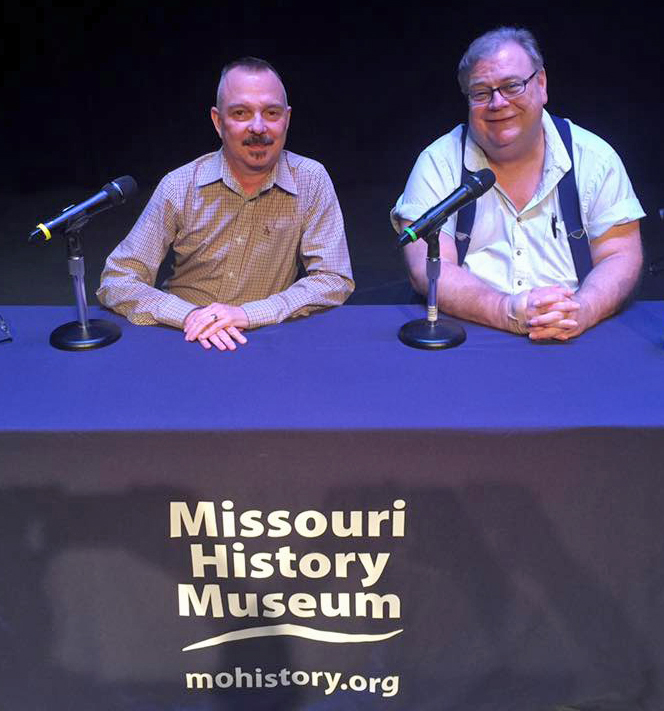
By Dan White
October 8, 2016: Who's the fork? Thank You for gathering us to discuss this important film “A Very Natural Thing”. This was the first mainstream film to feature a gay love story! People (even gays) had never seen a gay relationship on the big screen of the neighborhood movie theater!
As the LGBT's began to become a tribe we needed definition. This was one of the reasons this film is so very important.
I was there at the screening in question. On that day in the mid seventies, in the Maplewood theater a very important epiphany hit me. Allow me to explain.
I'll skip the lecture of physiologic and psychological effects that happen while watching a movie in a theater in the company of hundreds.
I had graduated from college and was trying to get a toe hold in my career but more importantly I was finding the company of others like me.
I have a vivid memory of a scene in this film. The two had been apart and were rejoining for dinner served in the living room. Neither were very hungry. They were too excited to just be back together. They stood up, embraced and softly kissed.
For the first time in my life I KNEW what that felt like! For almost a quarter of a century I had been forced to “interpret” the love scenes, to guess what a big screen kiss felt like. Imagine myself as the heroine being swept up into his arms as the music swelled.
No THIS I knew! I had felt it. I knew the electricity, the feel of lips, the comfort of embrace. This WAS ME!
I remember thinking: so this is what everybody else feels watching a movie kiss! No wonder there are so many! This revelation went deeper, it showed me being “gay” was more than what brought sexual climax! There was more to it. More to me! I was part of a “tribe” a “people”...and we are different!
Perhaps the second most important realization to hit young LGBT's is when we find we are not alone!
Many people point to the Stonewall riots in June of 1969 as a time when the homosexuals came together as a people. I point to the drag queen arrests on Halloween here in St. Louis that year. When the brave people from a group called the Mandrake Society formed a phone tree and urged their members to leave the safety of being hidden and come to the aid of other homosexuals. It was historically the right time for a people to come together as a group.
For 600 years western culture had done its best to hide all mention of homosexuality, to erase any of their contributions and to paint them as monsters.
I refer you to the monumental work of Vito Russo: “The Celluloid Closet” for descriptions of how homosexuals had to die in every film.
Here was a movie, perhaps the first in this culture to show a homosexual love story. It was not a sex film loop that could be watched in a dirty, smelly booth down on Grand and Gravois.
With a working title of (For As Long As Possible): “A Very Natural Thing” helped to portray as well as to define just what our relationships are all about. It stands not only as a history of life in the seventies (scenes filmed inside the Club Baths, or at the Pines of Fire Island). It promises us we can define just how we relate and form bonds outside of the hetero-normitive formula. All to often our view of a relationship today is still based on a heterosexual marriage. We don't have to be either a fork or a spoon!
In this effort, it is as fresh and challenging today as that day in the mid seventies when a slightly uncomfortable young man, surrounded by others like him, watched two men kiss on the big screen. It reminds us that we don't have to become “purple-painted straight people!”
Remarks given by Dan White at the St. Louis LGBT History Project and Missouri History Museum's second annual LGBT History Month event held on October 6, 2016. At the event, the film A Very Natural Thing (1974) was screened. In May 1977, the St. Louis Task Force for Human Rights held a fundraiser screening of the movie, that was among the first mainstream movies centered around a postive gay relationship. Held at the Maplewood Theatre, the fundraiser raised an impressive $1,000 to help fight Anita Bryant's anti-gay crusade. At the Missouri History Museum, Rick Garcia who helped organized the 1977 event, and Dan White who attended, spoke about St. Louis' LGBT activism in the 1970s.
Photo: Rick Garcia (left), Dan White (right)
